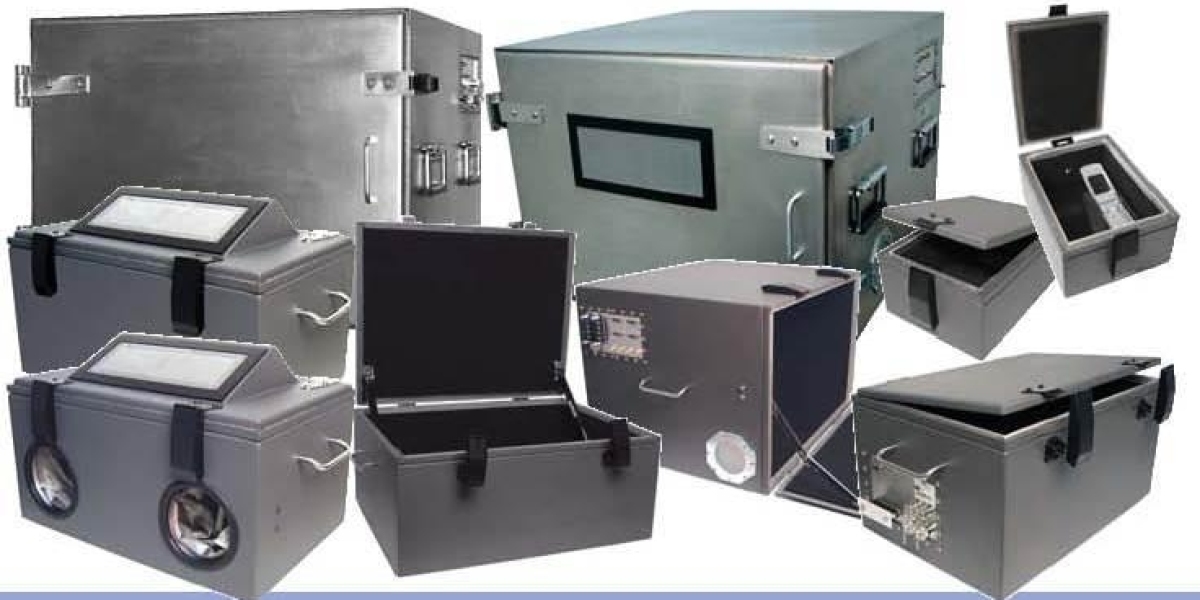The rapid development of wireless technologies has created the need for effective RF shielded test enclosures to safely and accurately characterize electronic devices. These specialized chambers provide electromagnetic interference (EMI) and radio frequency (RF) shielding to isolate devices under test from ambient conditions.
What is an RF Shielded Test Enclosure?
An RF shielded test enclosure, also known as a shielded room or Faraday cage, is a metallic structure that blocks electromagnetic signals from entering or exiting. It creates a controlled electromagnetic environment for testing wireless devices and systems. The walls, doors, windows and other openings of the enclosure are constructed with conductive materials like copper, aluminum or steel mesh screens. These materials reflect electromagnetic waves and essentially prevent them from propagating outside the enclosed area.
Why are RF Shielded Test Enclosures Needed?
RF Shielded Test Enclosures serve several important purposes in wireless product development and certification. Firstly, they provide electromagnetic isolation which allows components and devices to be tested for emissions and immunity without interference from ambient RF noise in the lab environment. This isolation enables consistent and accurate testing. Secondly, they ensure safety by containing potentially hazardous RF radiation emitted by high-powered devices under test. This shields nearby equipment and personnel from exposure. Lastly, RF shielded enclosures prevent devices from interfering with external radio services by blocking emissions. Meeting regulatory standards for electromagnetic compatibility requires using shielded facilities.
Setting Up an EMI Test Range
After acquiring an RF shielded test enclosure, the next step is to properly outfit the enclosed space as an EMI test range. This involves installing necessary test instrumentation, cabling and antennas according to established guidelines.
Some key components typically included are:
- EMI receiver and antenna to monitor enclosure shielding levels
- Emissions test antenna like a biconical or log periodic designs
- Immunity test antenna for susceptibility evaluation
- Dipole, monopole or loop antennas for MIL-STD-461/467 compliance
- Signal generators for intended frequency ranges
- Amplifiers to generate required field strengths
- Attenuators and switches for signal routing
- Current probes and RF probes for near-field scanning
- Automated test equipment for streamlined emissions/immunity profiling
- Monitoring station to remotely operate equipment from outside
RF shielded test enclosures provide a critical controlled environment that facilitates cutting-edge wireless product development, performance optimization and certification. Their electromagnetic isolation shields devices under test as well as personnel from potentially hazardous field exposures. Choosing a suitably sized, accurately specified enclosure and then outfitting it as a fully functional EMI test range empowers engineers to reliably and repeatably characterize electronic systems as wireless technologies continue their rapid advancement.
Get more insights on this topic: RF Shielded Test Enclosures
Explore More Articles: Scaffold Technology Market









